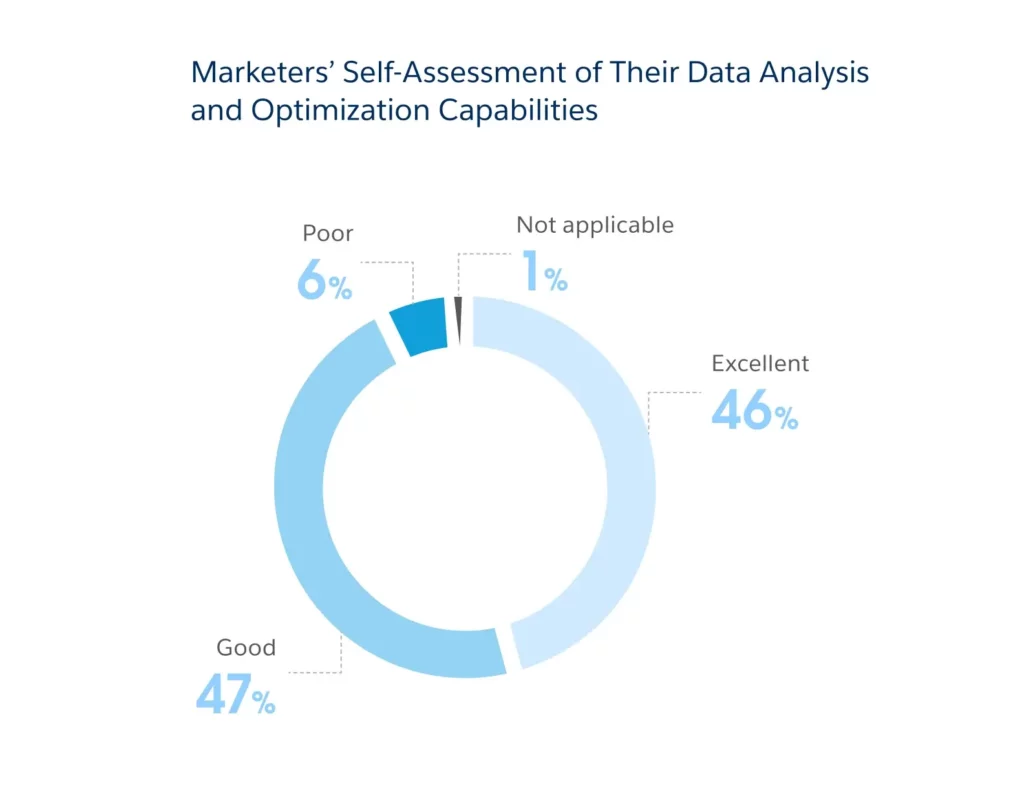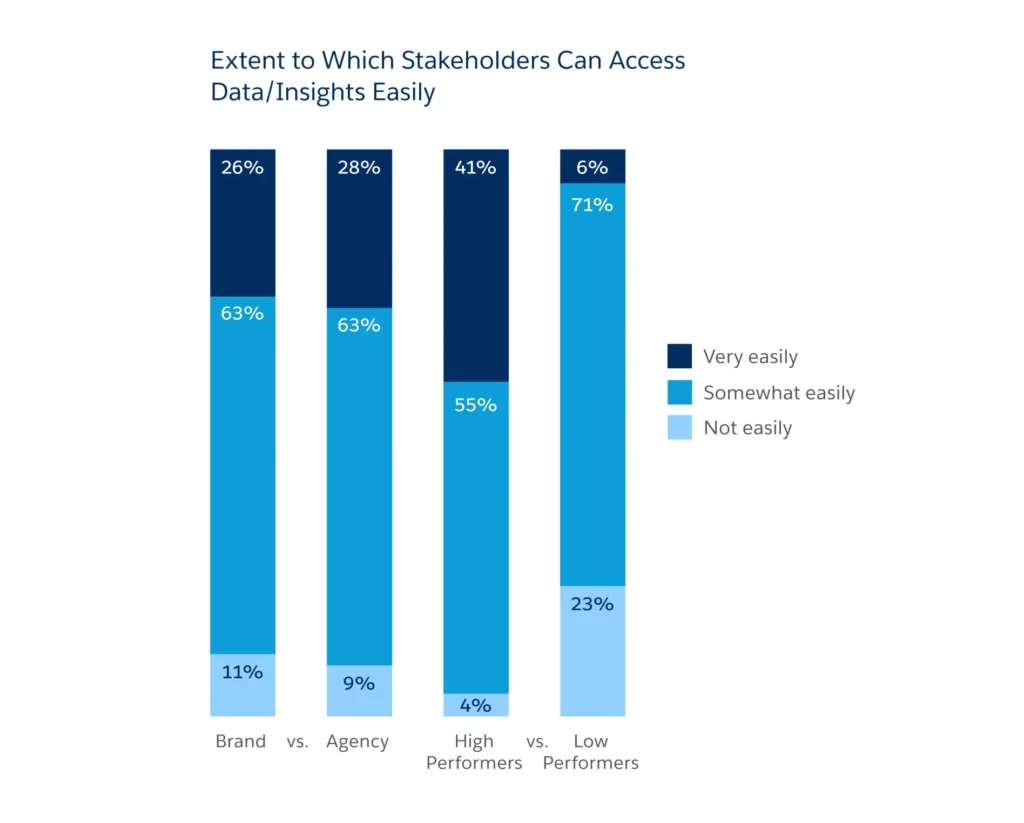Data Analytics and Optimization
Once data is properly integrated, marketers can begin to access it in a consumable format and extract new insights to inform decision-making. However, when asked to assess their data analysis and optimization capabilities, 54% of marketers indicated room for improvement.
So what are the roadblocks in analyzing and optimizing marketing data? Key challenges are marketers’ inability to share and collaborate on data analysis across stakeholders, connect marketing activities to business outcomes, and apply learnings to strategies.
Collaboration among teams is especially important given varied marketing functions and the rise of globally distributed workforces.
Seventy-four percent of marketers report that key stakeholders face challenges accessing data and insights.
Those in high-performance organizations are nearly seven times as likely to claim very easy access to data and insights relative to lower-performance organizations.
Top Challenges with Marketing Data Analysis and Optimization
1) Ability to share and collaborate on data analysis 1 across stakeholders
2) Connecting marketing activities to business outcomes
3) Ability to apply learnings to marketing/media strategies
4) Lack of speed in reporting and insights due to manual 3 data prep
5) Using real-time data analysis to inform campaign 4 optimization
Marketers see the value in data, but are held back from optimizing its full potential. Marketers use data for different goals, but most aren’t completely satisfied with their ability to leverage data for growth-driving functions. Nearly three in four marketers see room for improvement at their company in media planning and buying, marketing budget optimization, and proving and improving marketing ROI.
Extent to Which Marketers Are Satisfied with Company’s Ability to Leverage Data for the Following Functions
- Media planning and buying (25% Completely Satisfied)
- Increasing sales and revenue (22% Completely Satisfied)
- Developing insights into consumer behavior (22% Completely Satisfied)
- Marketing budget optimization (22% Completely Satisfied)
- Proving/improving marketing ROI (21% Completely Satisfied)
- Dynamic/personalized ad/marketing creative (21% Completely Satisfied)
- Customer journey analytics (21% Completely Satisfied)
Marketers also see room for improvement in their use of data to improve customer experiences. Around 80% of marketers are not completely satisfied with their ability to leverage data to understand consumer behavior, analyze the customer journey, and create personalized marketing creatives.
Just 45% of marketers believe they can drive measurable business outcomes
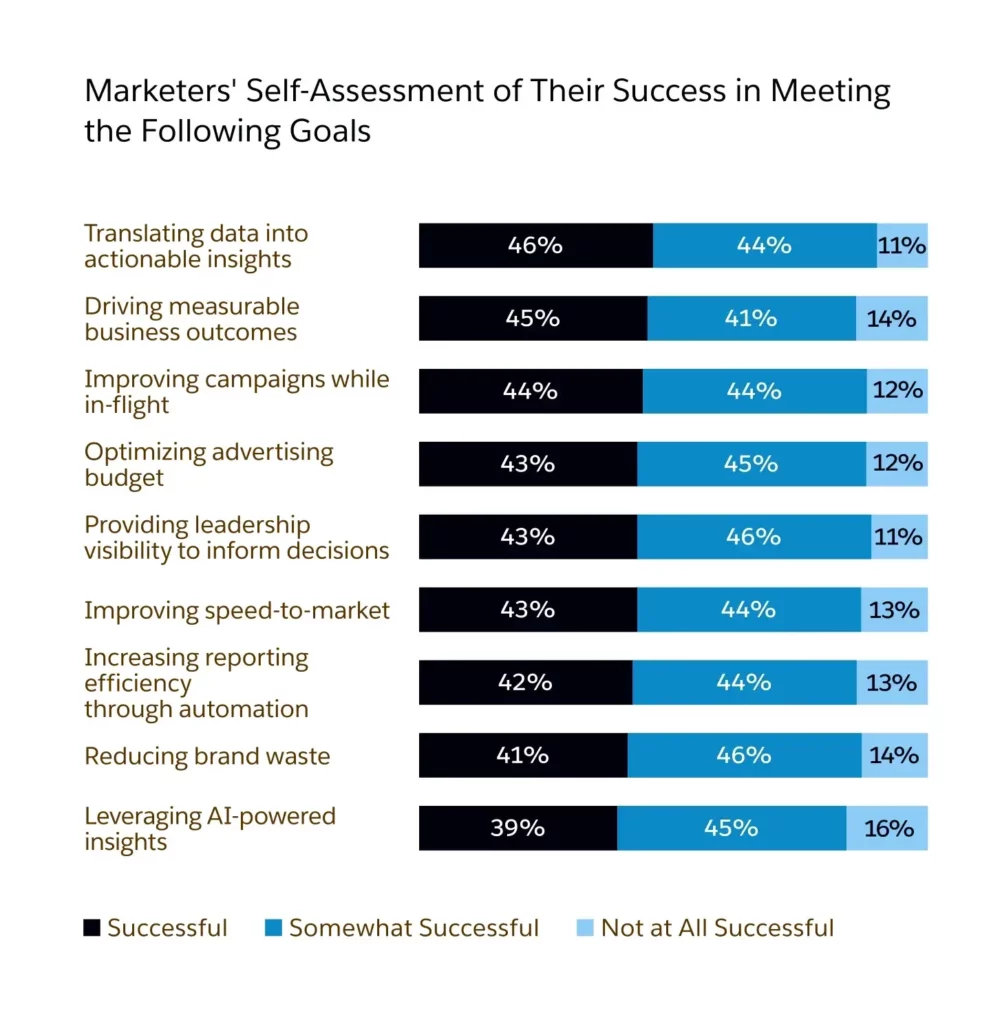
It’s almost like paralysis by analysis. That’s my biggest challenge, because currently I have data. But am I measuring too many things? What can I actually do with that data? What can I change today to make a difference tomorrow?
— Vice President, Agency, Australia
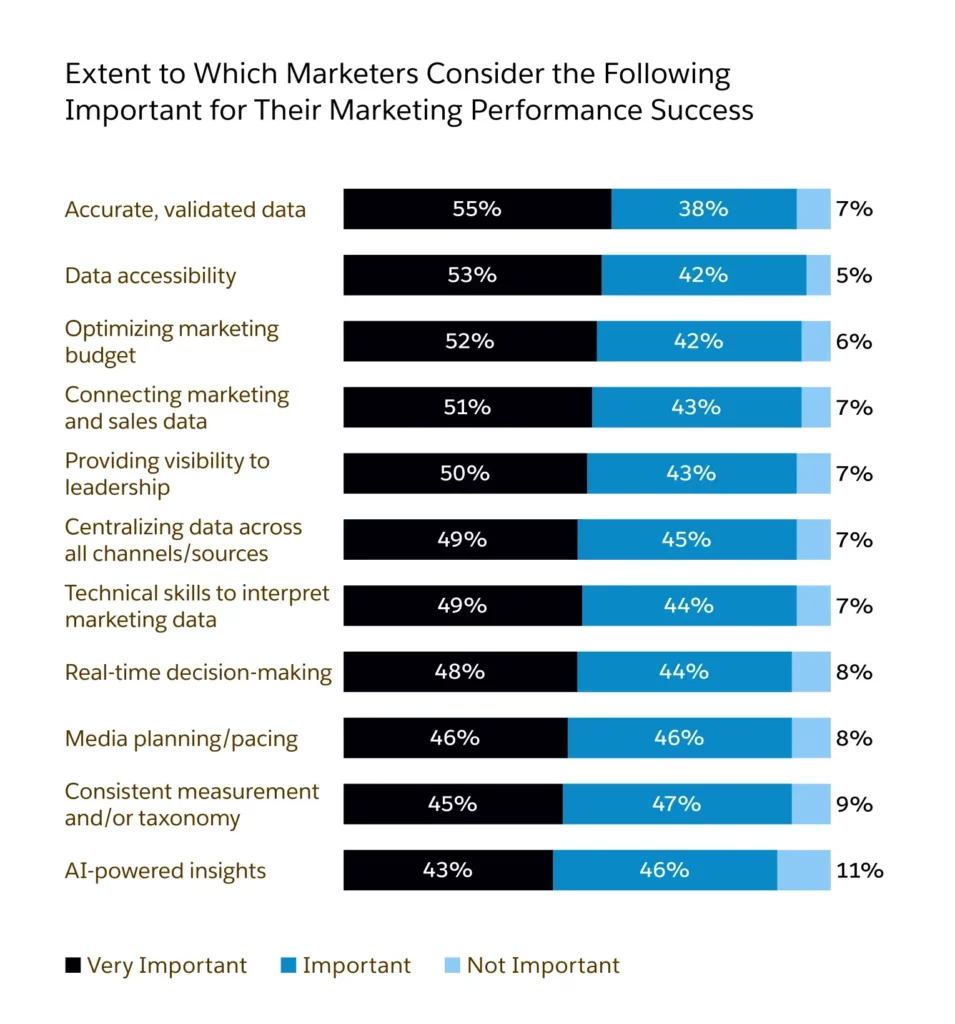
The lack of full visibility into cross-channel marketing efforts has a large impact on business agility. Marketers need insights at their fingertips to make decisions while campaigns are still in-flight and to respond to customers in the moment with the right message or offer. Ninety-two percent of marketers believe real-time decision-making is an important factor in the success of their marketing. However, 54% of marketers are not receiving reports on a daily or real-time basis.
How Often Marketers Generate/Receive Reports of Their Cross-Channel Performance
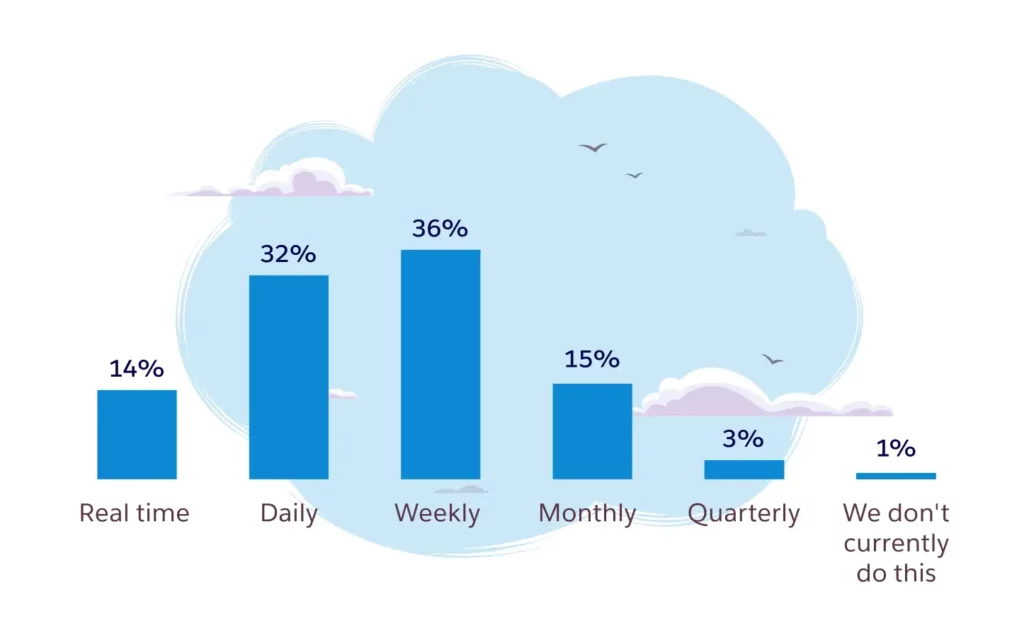
Marketers on the Importance of Timely Insights
We target quite a young Gen Z audience, and that audience is forever changing their behaviors and attitudes, brands they love, brands they hate, all that kind of thing. So we really have to be quite quick about how we action our audience insights and make sure that we’re putting them into use.
— Director, Agency, U.K.
Having a predictive component as to how it’s going to perform is a nice thing to have at your fingertips. So that as a marketer, we know that there’s good investment in the dollars and can inform the direction for my team to say you’re going to spend a good amount of time on this, and here’s why. It’s a goal-setting opportunity.
— Vice President, Brand, U.S
Faster and more complete visibility into cross-channel performance requires greater automation of the manual and time-consuming tasks of collecting and aggregating data for reports. Currently, only 6% of marketers’ cross-channel analytics reports are fully automated. One-third of marketers use an even mix between automatically and manually generated reports. Still, two in five marketers rely more on manual report generation.
Extent to Which Marketers’ Cross-Channel Reports Are Generated Automatically
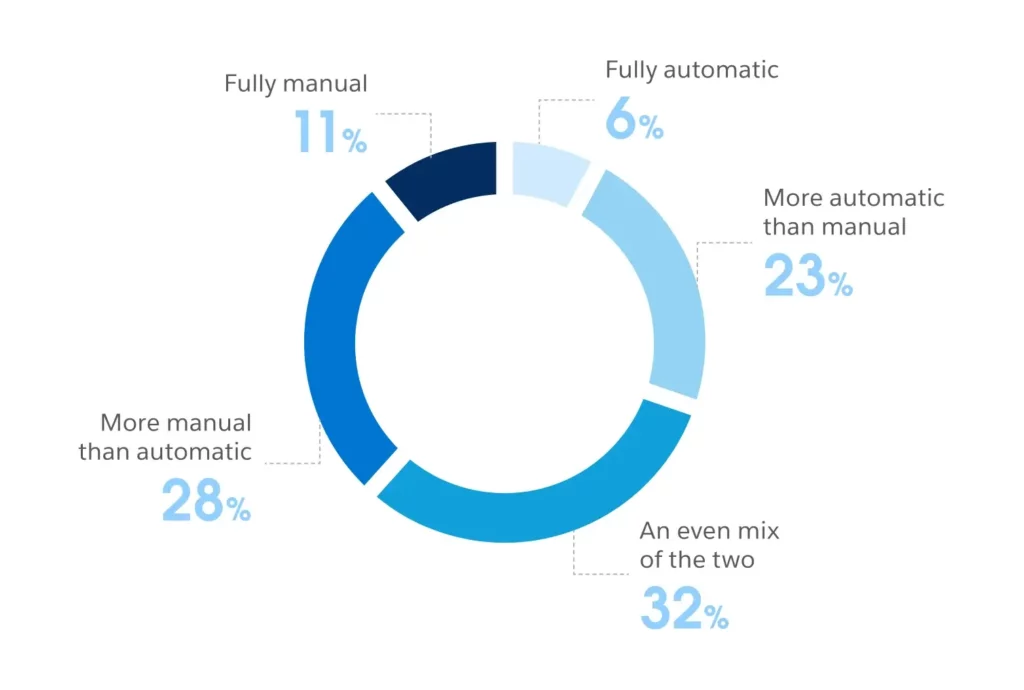
I’m constantly being asked for insight into marketing activity and have to plug in lots of data sources and manually do that. There’s a better, smarter way of doing things.
— Vice President, Brand, U.K
Many marketers rely on siloed reporting within each individual platform (30%), some manually aggregate reports in spreadsheets (17%), but most have moved to adopting business or marketing intelligence platforms (53%). High performers are more likely to use marketing intelligence or general business intelligence platforms (59%) and less likely to use spreadsheets (14%) than low performers (47% use marketing intelligence or business platforms/21% use spreadsheets).
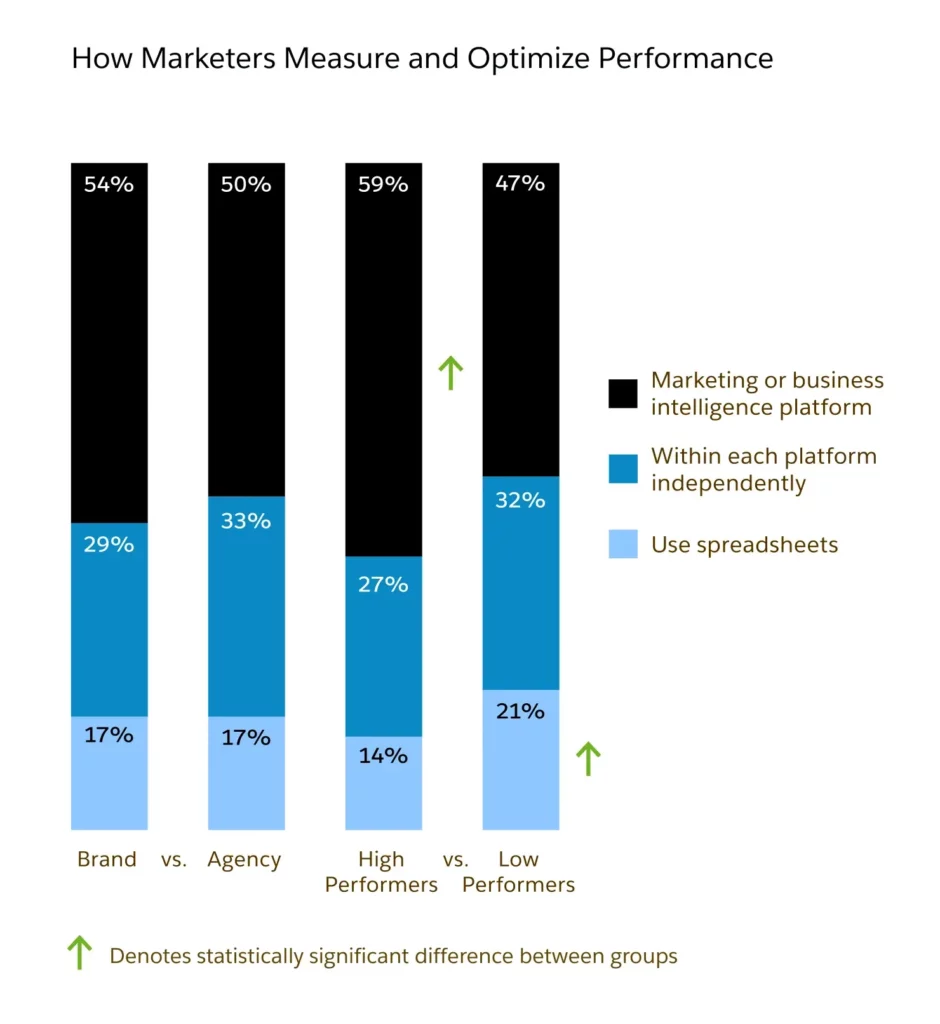
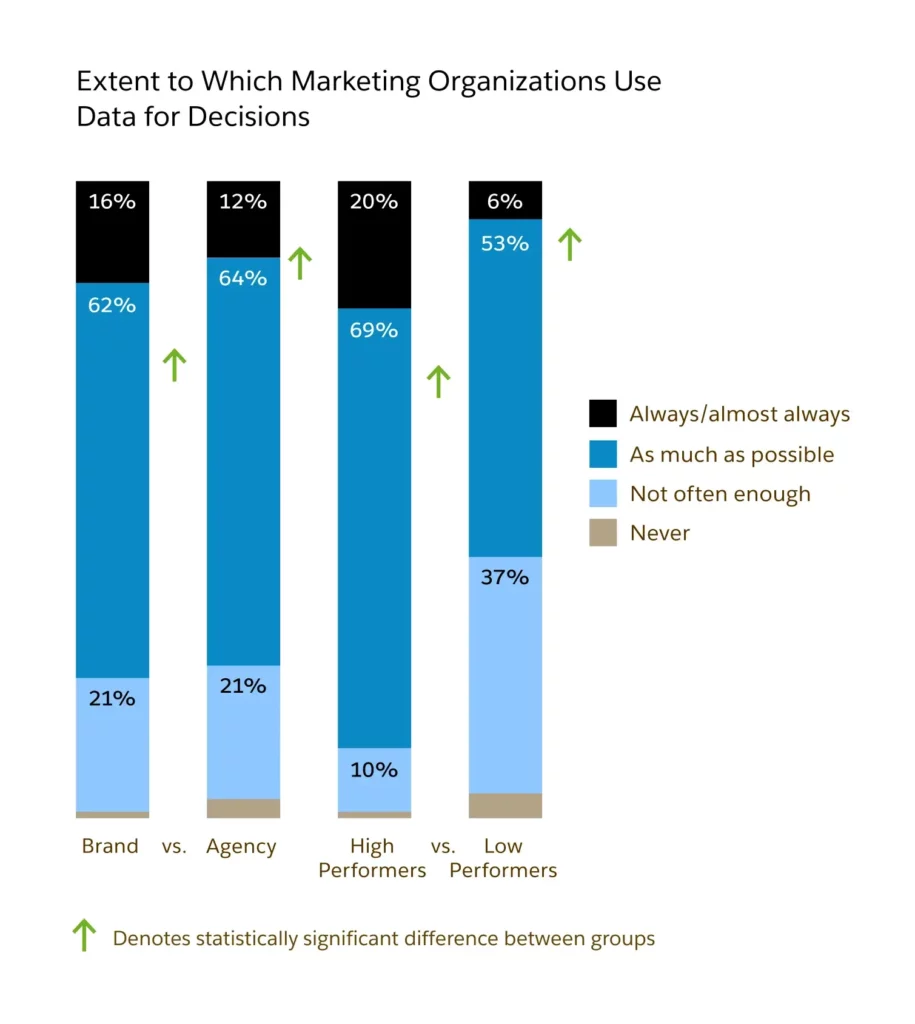
How Marketers Measure and Optimize Performance
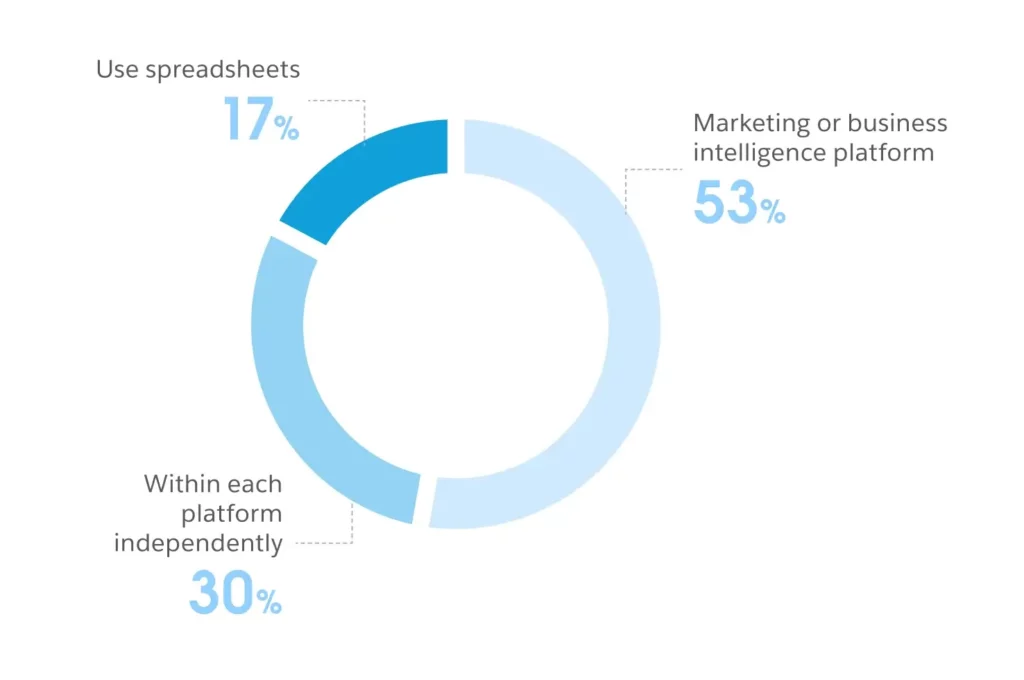
There are so many different platforms that are out there that our teams have access to … we’re just spread across all these different platforms and tools, and [our teams] have got to help us understand those elements. It’s a little bit of a strain on the organization.
— Vice President, Agency, U.S
